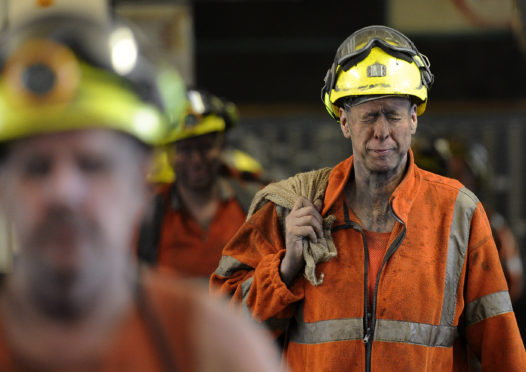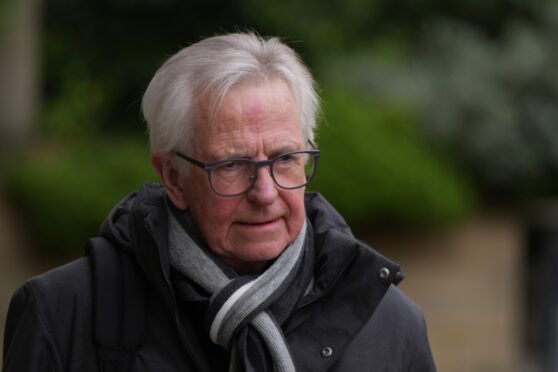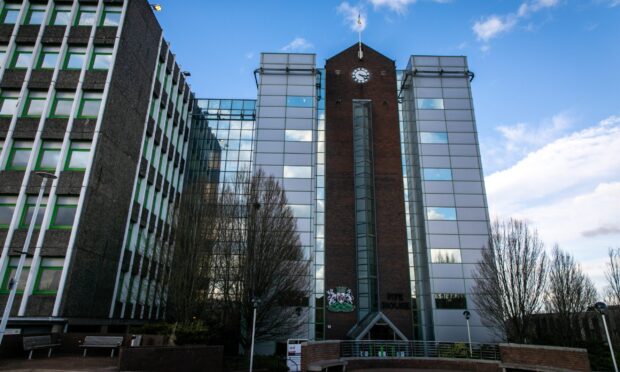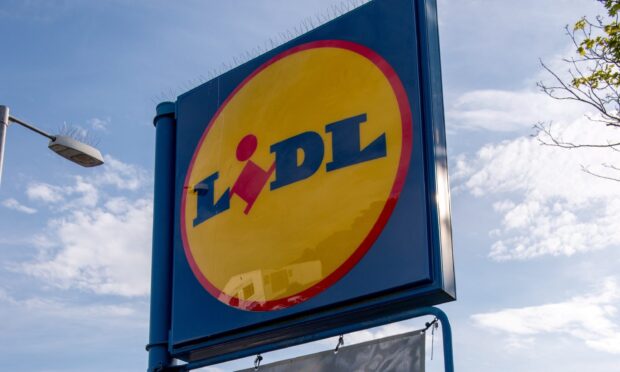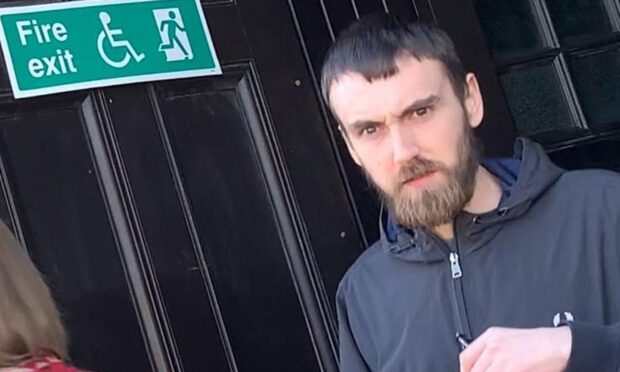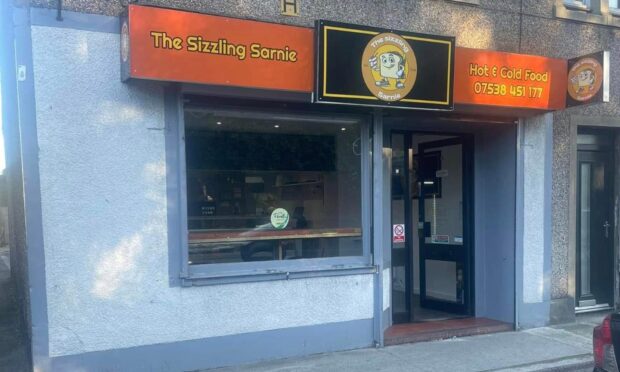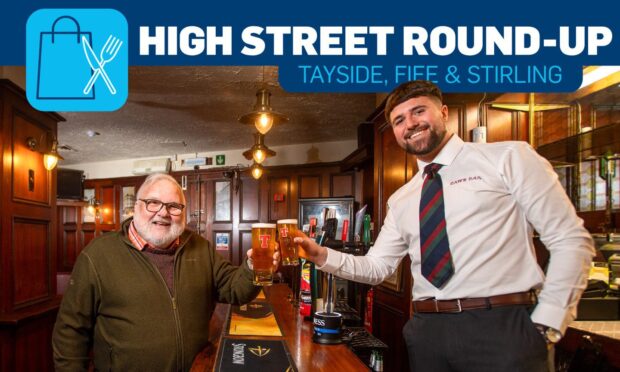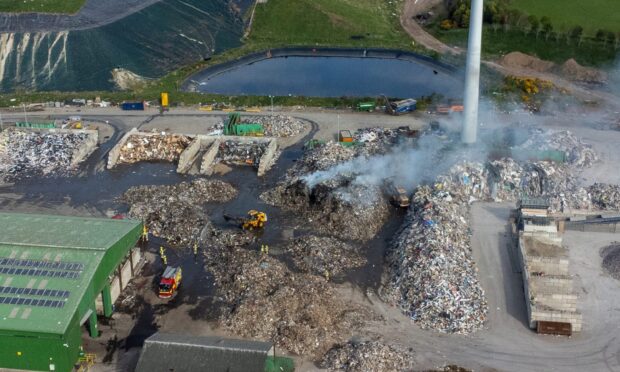Fife’s former mining villages are falling behind the rest of the UK in terms of employment, health and the economy, a new report has concluded.
The State of the Coalfields report, which has been produced by the Coalfields Regeneration Trust, explains how communities with a mining heritage are suffering following the collapse of the industry.
Fife’s communities are among the worst affected in the UK with the third highest number of people claiming incapacity benefit, with ill-health not just being confined to ex-miners but younger generations too.
The lack of employment opportunities in Fife was also highlighted as it estimated there are only 52 jobs per 100 people available with an unemployment rate of 6.9% in many of these ex-mining towns.
The impact of the Conservative government welfare reforms was also considered as the report forecasts that by 2021, coalfield areas are set to lose out on £680 per adult, every year, due to welfare reform.
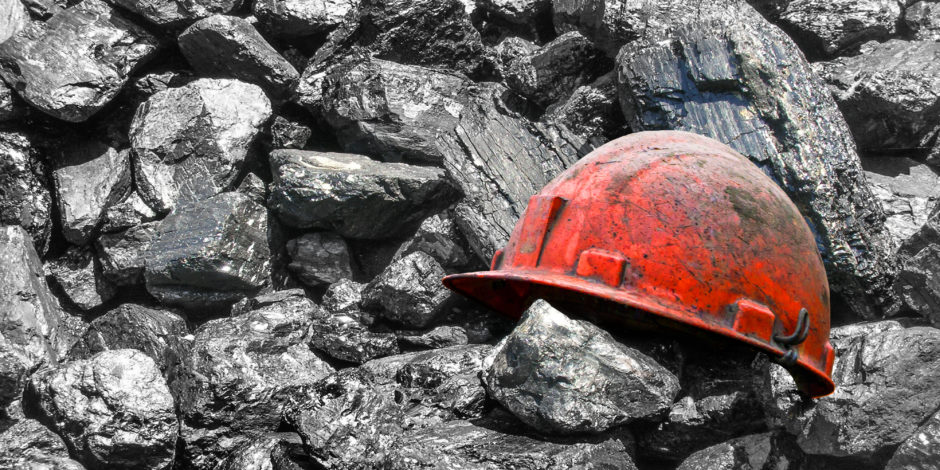
Shocked by the findings, SNP MP for Dunfermline and West Fife Douglas Chapman said it was time to bring back a sense of pride and hope to ex-mining areas.
“Coal mining was at the heart of the economy in Fife for decades and when the pits closed it ripped out the very heart of those communities,” he said.
“We are still seeing the effects of the closures today with high unemployment in areas in my constituency such as Valleyfield, Oakley and parts of Cowdenbeath to name a few.
“The report highlights that this is now not just having an impact on ex-miners, but their family members too as they are unable to take advantage of a flourishing local economy.
“These communities have been neglected by the Tory government since the 1980s and the welfare reforms of 2010 and the introduction of Universal Credit have only compounded the misery of those living in ex-mining towns.
“I am determined to work with the Coalfields Regeneration Trust and the All-Party Group on Coalfield Areas to secure employment and more prosperity in former mining areas.”
The report confirmed that, out of all the UK’s former coalfield areas, Fife’s percentage of 16 to 64-year-olds claiming incapacity benefits stood at 8.5%, with just West Cumbria (8.9%) and South Wales (10.4%) having higher figures.
The Ministry of Housing, Communities and Local Government said it was “determined to unlock the potential of former coalfield areas” and had committed £12 billion to be invested in local economic growth since 2015.
But chief executive of the Coalfields Regeneration Fund, Gary Ellis, believes more is needed to reverse the fortunes of areas like Fife over the coming years.
“Although we have successfully continued to improve the lives of people within the coalfield communities, the reinstatement of a government funding package will help us significantly increase the scale of activities that we are able to deliver,” he said.
“We have an ambitious five-year strategy to transform former coalmining communities into growing social and economic areas, but we cannot do it alone.
“The State of the Coalfields 2019 report has highlighted the challenges that continue to blight our communities.
“While the coalfields have become somewhat of a political battleground over recent months, we now need the Government to come forward and support plans to make a lasting difference.
“The time for discussion is up, we need to see some action.”
